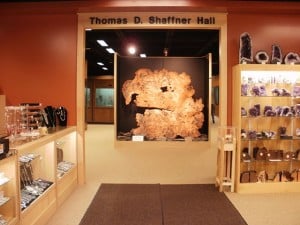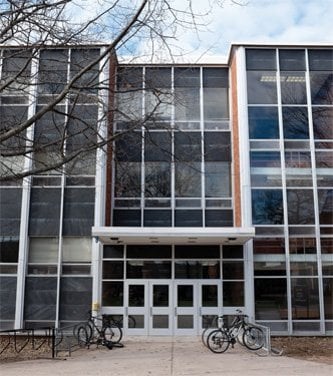
Almetric, a website that tracks readership of scientific articles, reports that an article in arXIV—an archive of electronic science articles—about Professor Robert Nemiroff’s (Physics) search of the Internet for evidence of time travelers ranked second among the top 100 articles of 2014.




